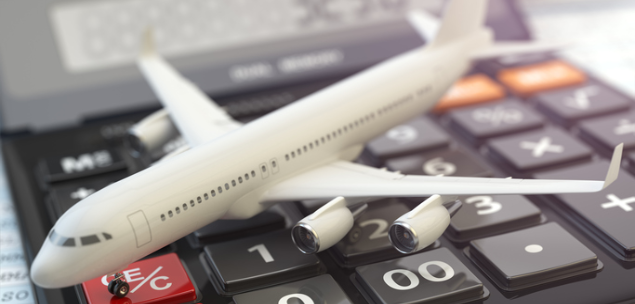As the financial year draws to a close and next year’s budgets are debated, there are plenty of ducks to get in a row before July 1 hits. While travel spend may not be front of mind, as CFOs we need to think differently (and strategically) about maximising time on the road and the costs that come with it.
Regardless of your budget size, it’s important to ensure that what you do have works hard. When done right, travel results in more prospective customers and clients, the chance to branch out into new geographies, and more opportunities to meet colleagues and clients face-to-face. Planning now also ensures that you can work smarter when resources are restricted.
So what are the key questions to ask yourself when planning your travel spend for maximum efficiency and productivity?
Is travel part of your strategy?
The wider goals of your business should play a key role in determining your travel budget and subsequent plans for the year.
If a major goal for your next business year is to grow into new locations (be it international or domestic), you’re going to need to travel more to those markets to fully understand them.
Even if it’s not an immediate goal, it’s worth budgeting for these longer-term intel missions. You don’t want to be stifled later in the year if you’re ready to explore geographic expansion, but your budget isn’t built for mobility.
Start by taking a look at likely locations and use your corporate travel platform to examine the average trip cost (flights, hotels, transfers, visas, and entertainment).
From here, work out how many trips you’d need to make in order to feel comfortable with your potential new home and budget accordingly.
What’s the ROI for travel?
It’s important that during the planning phase, you sit down and spend some time defining what you want to get out of any corporate travel. Ask yourself, what will this trip deliver and is it worthy of your time and investment?
Sales are the clearest and most simple return on investment. If by travelling to a destination you are able to easily sell your product or business to a new set of customers, then the likelihood of a quick return is strong.
Likewise, investment now may be needed to help drive increased revenue down the line. Trade events are a great example of this; while immediate sales may not be made, longer-leads are formed.
Of course, retaining current clients is often the most common reason for travel. In Australia, customers and clients can be up to five hours by plane away, so the majority of connection time is spent virtually. Regardless of sector, for many the old adage of nothing beats a face-to-face meeting still rings true. So while the ROI on this type of travel may not seem immediate, it can be the difference between losing a client, and retaining them in the months to come.
Last but not least, it’s a big world out there, and getting out of the office (and often the corporate bubble!) can be fantastic for creative thinking and innovation. Challenging the status quo can be hard to do when the environment is familiar.
Attending industry events, meeting new people, and giving yourself room to explore new business ideas should all be accounted for in terms of long-term ROI and the value they add to business growth.
But is it in the policy?
When planning your budget, travel policies should be a good indicator of what’s needed to keep things moving forward.
If employees are allowed to travel business class for long-haul flights, and you know there are going to be lots of long-haul trips because you have a client in a foreign market, or want to travel to open a new office at some point, account for this in your budget.
Of course, if bleisure travel, or any other incentives are included in your travel policy, then they too need to be accounted for.
…and bleisure?
Bleisure travel — that is, a combination of business and leisure while on a work assignment — is a growing corporate travel trend.
Corporate travel can be a mental and physical burden on employees. Bleisure travel can help keep staff inspired and those burdens at bay.
According to the Skift Bleisure Travel Report, 78% of staff travellers reported that their work assignments became more effective when incorporating leisure days into their itinerary.
Including formal bleisure policies into your corporate travel program sends a message to employees that their comfort and wellbeing is not an afterthought when on the road.
Likewise, encouraging a positive workplace culture is essential to any business, and bleisure travel is an attractive asset in any corporate travel program.
If you’re to set to include such a policy, any associated costs need to be accounted for now.
My tip, question everything, set a defined strategy, and make that budget work hard.
About the author
Pip Spibey-Dodd is the Chief Financial Officer of corporate travel management platform Travelport Locomote.

